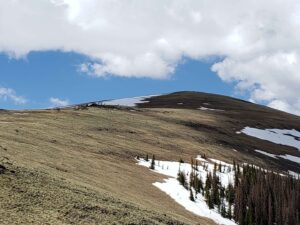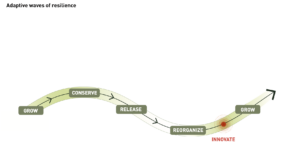FS 3.230
Global change impacts for mountain water resources and downstream implications
Details
Full Title
FS 3.230: Global change in high mountain environments: impacts on upstream water resources and downstream implicationsScheduled
Talks:
2025-09-17, 10:00 - 12:00 (LT), SOWI – HS 1Talks:
2025-09-17, 10:00 - 12:00 (LT), SOWI – HS 1Convener
Co-Convener(s)
van Tiel, Marit; and Schaffhauser, TimoAssigned to Synthesis Workshop
---Thematic Focus
#IMC25, Cryo- & Hydrosphere, Monitoring, Multi-scale Modeling, Water Cycle, Water ResourcesKeywords
hydrology water resources, modelling and monitoring, upstream and downstream
Description
Global climate & socioeconomic change affects high mountain hydrology and water resources across the globe with significant downstream implications. Hydrological and water resources research in high mountains has to deal with strong variations across spatial and temporal scales which requires specific understanding and varying approaches. This session welcomes contributions that showcase novel methods and findings on how climate change and human activity alter the high mountain water cycle, and what implications these alterations have on different sectors in downstream regions. We in particular welcome contributions:
- focusing on novel techniques to improve observations or modelling related to mountain hydrology as well as its linkage to downstream regions and sectoral impacts
- ranging in spatial scales from single catchments, which can be in any mountain region of the world, up to the global scale – addressing historical, present, or future periods, or a combination
- considering the physical and/or the socioeconomic side of mountain water resources
- focusing on streamflow or other water balance components

